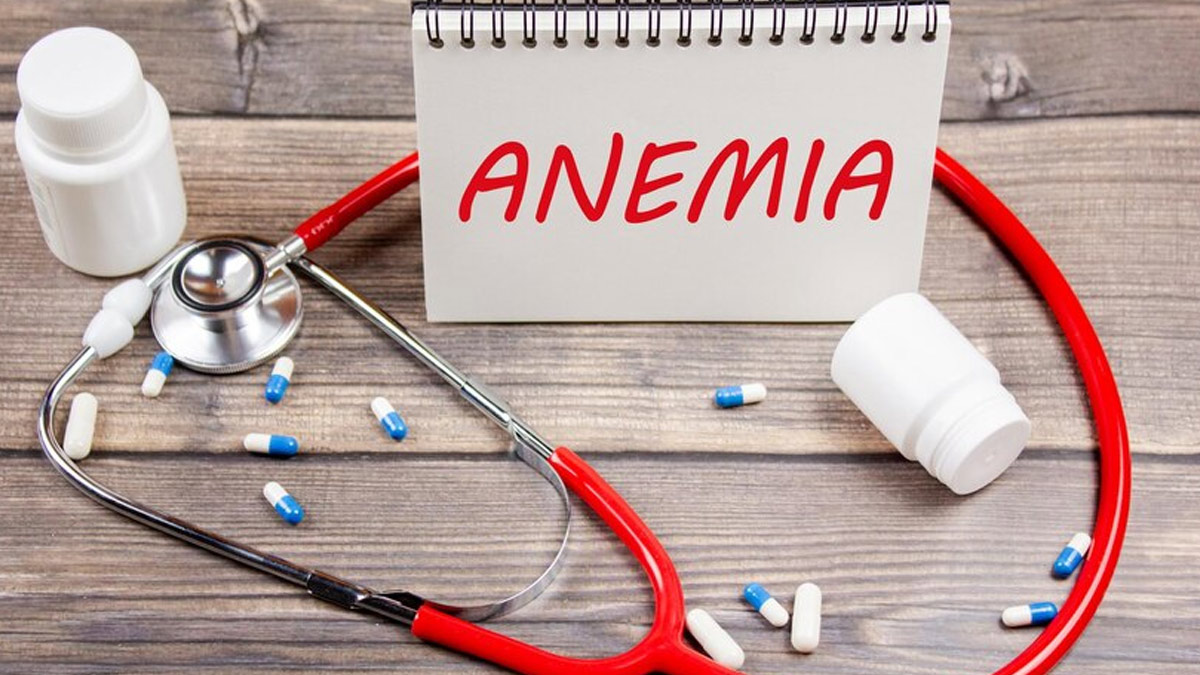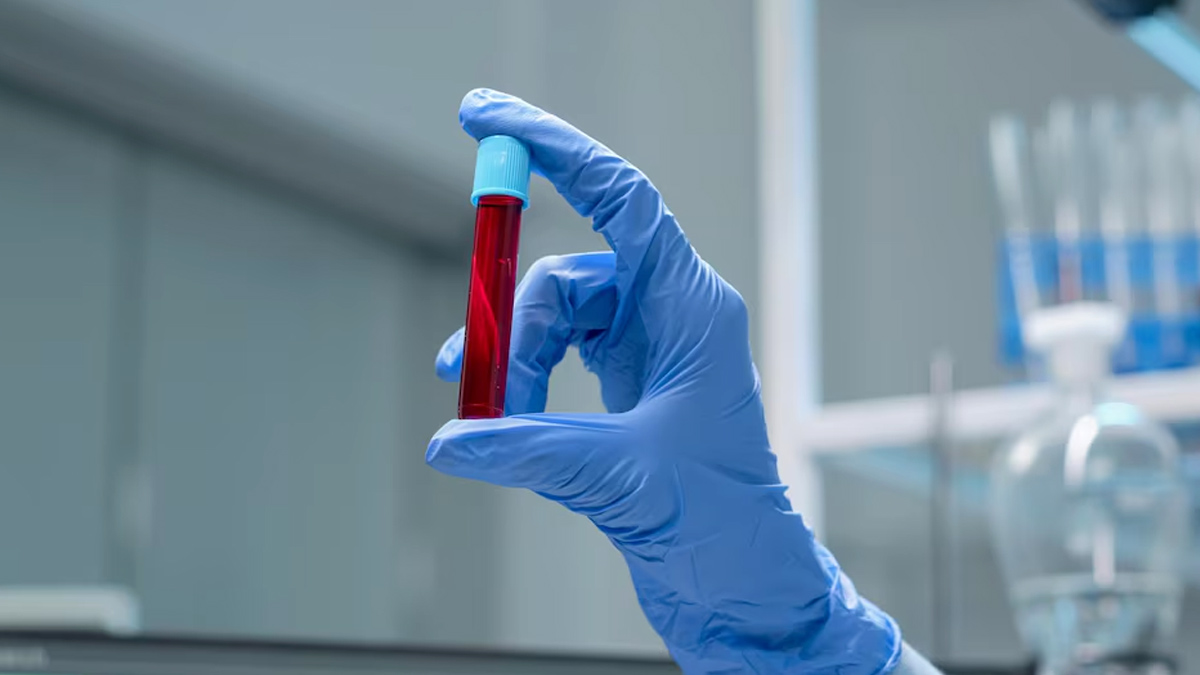
For the last several decades, iron deficiency has been associated with anaemia. But recently, a new significant discovery was made by a study. Carried out by researchers from the Indian Council of Medical Research (ICMR), St John's Medical College, the Council of Scientific and Industrial Research, Banaras Hindu University (BHU), King Edward Memorial Hospital, and the Sitaram Bhartia Institute of Science and Research, the study indicates that iron deficiency contributes to only a minor portion of India's huge anaemia burden. Instead, other factors are likely responsible for the condition's high prevalence.
Table of Content:-
The layperson's definition of anaemia is that there is either an absolute deficiency of Red Blood Cells (RBCs) or the cells are unable to function. It is these RBCs which carry oxygen in the body. A shortage of functional RBCs leads to symptoms like weakness, fatigue, shortness of breath, and dizziness.
Published in the European Journal of Clinical Nutrition, this study analyzed blood samples from around 4,500 participants from eight Indian states. On analysis, the researchers found alarming inputs as they indicated:
Total Prevalence: 34.9% of the participants were anaemic.
Gender and Age Inequality: 44% of adolescent girls, 41% of adult women, and 45% of elderly women were anaemic. Whereas 24% of adolescent boys, 21% of adult men, and 37% of elderly men manifested anaemia.
Regional Variations: Anaemia prevalence varied widely across regions, with a low of 12% in Meghalaya and as high as 70% in Assam.
These statistics revealed a gender gap in that women in all age groups were more susceptible to anaemia than men.

Also Read: Menorrhagia And Anaemia Risk: How To Reduce Risk Of Anaemia From Heavy Periods
Other Possible Causes of Anaemia Apart from Iron Deficiency
Although for many years, iron deficiency has been considered the leading cause of anaemia, other possible causes of anaemia have been indicated by this review as follows:
- Anaemia can be caused by deficiencies in nutrient components such as vitamin B12, folate, and vitamin A.
- Some examples of chronic infections are malaria, tuberculosis, and parasitic infections which can either hinder the production of or lifespan of RBCs.
- For example, inflammation or diseases and conditions which are chronic like kidney disease, or autoimmune conditions, etc, could further interfere with RBC production functions.
- Some examples of genetic causes are thalassemia and sickle cell anaemia. In India, this is the most common cause in many places.
- Heavy menstrual bleeding and lack of menstrual hygiene products which may worsen anaemia in women.
Also Read: Menorrhagia And Anaemia Risk: How To Reduce Risk Of Anaemia From Heavy Periods

Reducing the Risk of Anaemia
Anaemia can only be managed by a multi-dimensional approach and not merely through iron supplementation. The following are some measures that can be undertaken to minimize the risk:
1. Improved Diet
Inculcate sources of iron like spinach, lentils, and fortified cereals. Use food rich in vitamin B12, such as eggs, dairy, and fish, folate from citrus fruits, leafy greens, and beans, and sources of vitamin C like oranges, tomatoes, and bell peppers, so as to enhance the absorption of iron.
2. Prevent and Treat Infections
Access clean water and proper sanitary conditions to prevent parasitic infections. Seek early treatment when suffering from persistent infections, like malaria or tuberculosis, if necessary.
3. Menstrual Health Advocacy
Use sanitary products, proper menstrual hygiene, and care provider recommendations for the management of heavy menstrual bleeding or irregular cycles.
4. Regular Screening and Supplements
Regular health check-ups to monitor haemoglobin levels. In addition, supplement with iron, folic acid, and vitamin B12 as directed by a health care provider.
5. Management of Associated Medical Conditions
Maintenance of chronic conditions including diabetes, kidney disease, and autoimmune disorders.
Bottomline
The results of this study highlight the need for a far more comprehensive approach to treating anaemia in India than merely iron supplementation. Besides iron supplementation, infections, chronic diseases, and nutritional inadequacies have to be addressed. To make major progress in lowering the prevalence of anaemia in India, keep in mind to advocate for a comprehensive strategy that incorporates improved nutrition and access to healthcare.
Also watch this video
How we keep this article up to date:
We work with experts and keep a close eye on the latest in health and wellness. Whenever there is a new research or helpful information, we update our articles with accurate and useful advice.
Current Version